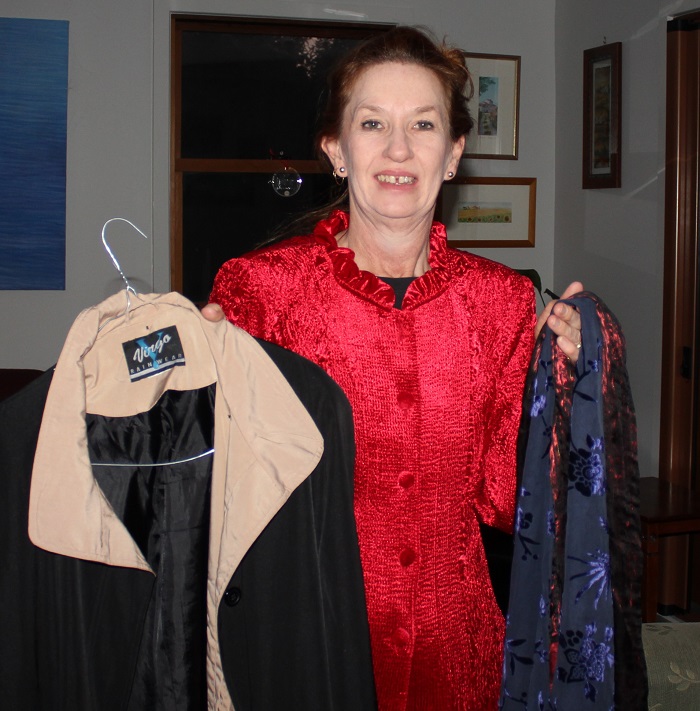Can you cut 1 Tonne of carbon pollution out of your life?
Take the challengeI started out buying second hand clothes as a matter of necessity.
This is a guest post from Amanda Caldwell.
It was the early 1980s and I was living in Sydney; cash was tight. Saturday mornings were spent browsing through racks at the Paddington Markets. This was long before vintage was groovy. But I could always pick up something unusual that would lift my work-a-day clothes, along with my mood. I loved coming across items with an unusual texture, or bright colours whose fashion moment had come and gone, ready for me to love wearing them. I picked up many coats, jackets, blouses and skirts … and scarves! So many to choose from.
By the mid 80s, this whole second-hand thing was getting organised. Charity shops became national players, and more than anything, there seemed to be more variety of clothes available. Maybe the excesses of the 1980s in Australia resulted in people having more cash to buy more stuff, but they had been raised by parents who had gone through the Depression or the war years, so donating to charity was better than chucking stuff out. And by then I was really hooked, and it is a habit I retain. Second hand doesn't mean second best.
Apart from the varied colours and fabrics, what I really love is that the clothes in most second hand shops aren't organised by size. Yes, you can look for the size of an item, but mainly I look for what I like and then see if I think it will fit, and then I try it on. If it doesn't fit … well, who cares? But I am not restricted by the sizes that manufacturers and marketers put on the clothes, and that categorise women. If it fits and I like it, well that's the end – assuming I have the cash!

Our children sometimes shop with me in the charity shops now, and they had plenty of hand me downs when they were younger – bags of clothes passed among families – so I am confident they can see the benefits and understand why I choose to shop second hand.
I don't solely shop second hand … but when I think of the embodied energy in a pair of trousers or a knitted top or a heavy coat, I know it makes sense to mix it up. When I think of the water taken to grow and process the cotton or wool, or synthetic fabrics, I know that I am right. And when I think of the money I save, well, I remain committed to buying second hand for the rest of my life. A few weeks ago, I bought a pair of trousers a jacket and a red top all for $50. All items are of excellent quality. If you are lucky, I might just tell you where…
What you can do
Think green when you buy fabrics, fashion and accessories
Choosing the right low-impact fabrics, buying for quality and durability, and reusing and swapping clothes are all ways to cut CO2 pollution.
savings pledged
